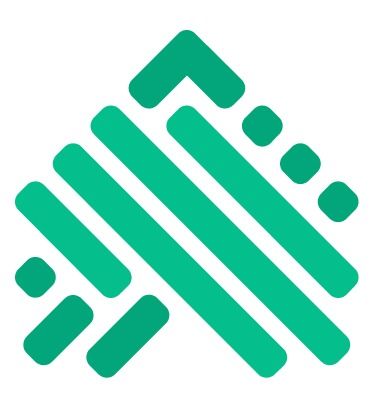134 reads
Users to Communities: Leveraging Social Feature SDKs to Boost User Engagement
by
June 17th, 2021

Boost user engagement and retention on your app with plug-and-play social features powered by Amity.
About Author
Boost user engagement and retention on your app with plug-and-play social features powered by Amity.
